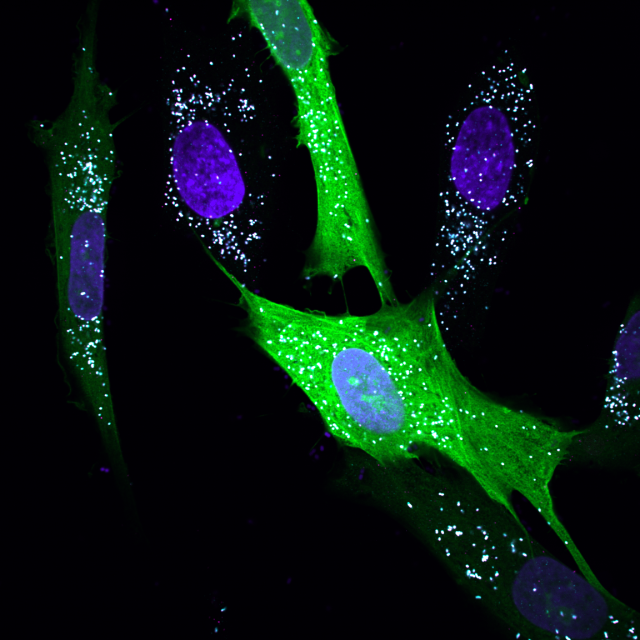
About Soham
Soham is a PhD student in the Molecular Cellular and Developmental Biology program. Although he considers Santa Barbara home now, Soham grew up in Calcutta, India. He earned a B.S in Cellular and Developmental Biology from UCSB, and joined the Acosta-Alvear lab as a Masters student to study quality control mechanisms at the endoplasmic reticulum. For his Ph.D work, Soham joined the Gardner lab to study the quality control mechanisms of the peroxisome.
Why Choose UCSB?
- UC Santa Barbara
When you can walk to the beach for a lunch break while your gel runs, or end the day with an ocean sunset while dolphins breach in the background, it makes it hard to forget the important things in life. UCSB’s work-hard play-hard culture encourages work-life balance, creative approaches to science, and makes those difficult days in lab that much more manageable.
- MCDB Department
The department of MCDB performs broad and interdisciplinary research, with a highly collaborative atmosphere. Reaching out to other graduate students, postdocs, and staff scientists are always productive conversations since everyone is invested in their neighbor’s success. The research projects in the department are creative and use cutting edge tools and methodology, which encourages all of us to think outside the box about our own scientific questions.
- Santa Barbara
The city of Santa Barbara, tucked away between beaches and mountains, feels like an oasis. You can spend all your time outdoors here if you like: access to the sun and the beach in October is a privilege that few other places in the world have. Some of my best moments here have been watching the gray whale migration off the coast or walking through anemone gardens at low tide. Santa Barbara also has a great trickle of artists and performers who visit through the UCSB Arts and Lectures series. Through my time here I’ve had the opportunity to meet scientists such as Jennifer Doudna and Siddhartha Mukherjee, and politicians like Joe Biden, and listen to performances by Wynton Marsalis, Joshua Bell, and many others.
- Research
The Gardner lab is a biochemistry and cell biology lab that works in budding yeast, and mammalian cells to study the process of peroxisome formation and maintenance. The peroxisome is an organelle responsible for the breakdown of very long chain fatty acids and is thought to form from another organelle, the endoplasmic reticulum. However, we lack a mechanistic understanding of how this process occurs, limiting our ability to intervene in severe neuro-developmental disorders that stem from peroxisome dysfunction, such as X-linked adrenoleukodystrophy.
How and why did you get into research?
When I started at UCSB as an undergraduate, I was not sure of what I wanted to do with my career. I explored a variety of subject areas and took a number of classes that were completely unrelated to the work I do today. It was on the coastline, looking at anemones and bat stars that I started to think more deeply about my interests in biology. A brief stint in an ecology lab, and a biochemistry course convinced me that I needed to know more about cell biology, and I started researching the regulation of the endoplasmic reticulum. When I started reading about the peroxisome and realized just how little is known about it, it was an irresistible problem to take on.
What do you find rewarding about your research?
I love that I get to watch biology happen. Since my project involves a lot of microscopy, my experiments are dynamic and colorful and full of movement. I will never tire of watching the endoplasmic reticulum wiggle around in bright red, while the bright green fluorescent dots of the peroxisome hover around it. With the exponential rate of technological development today, it’s an exciting time to be a biologist.